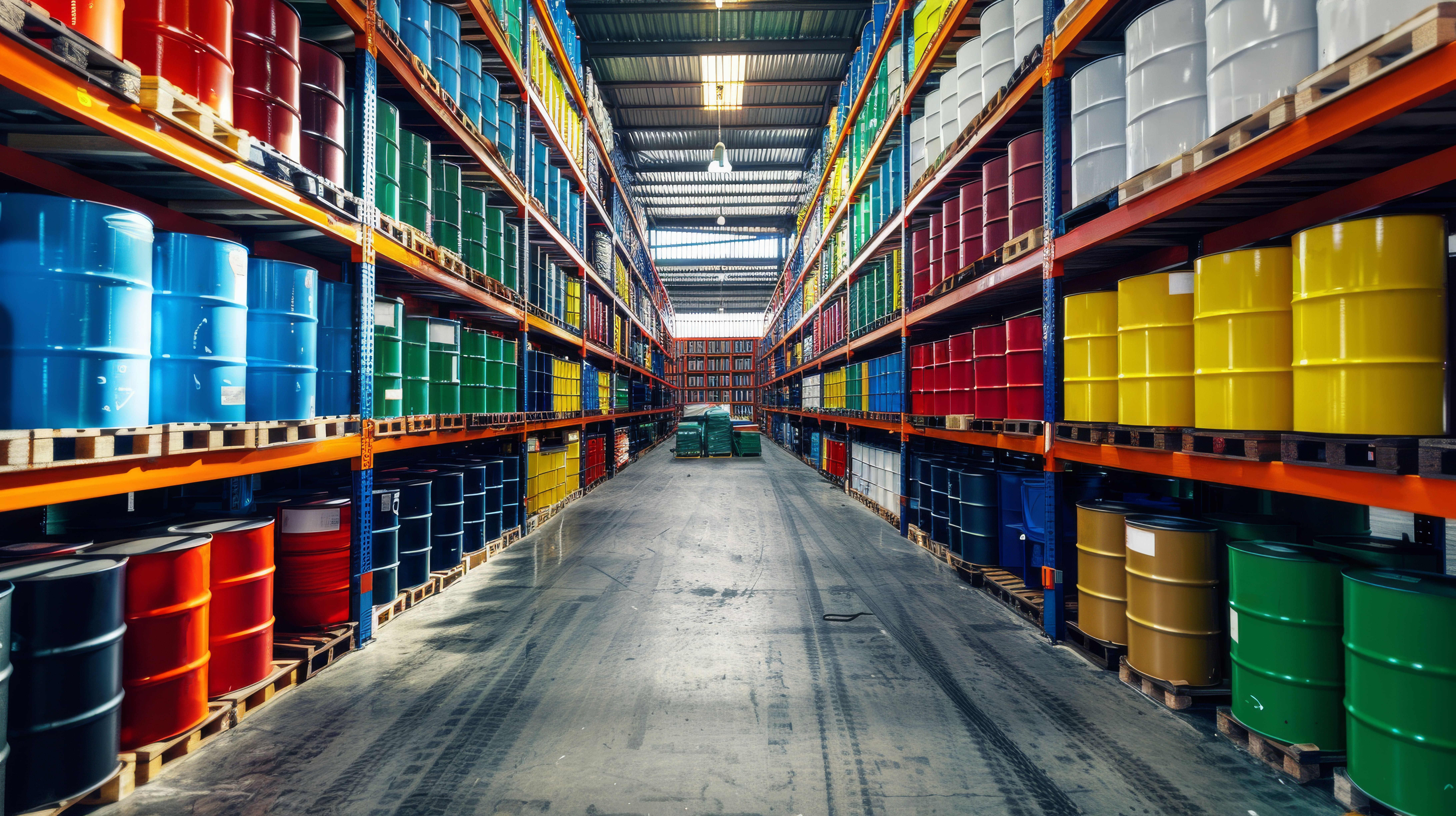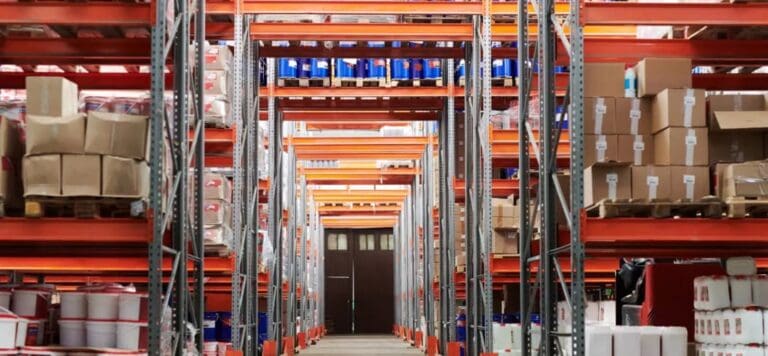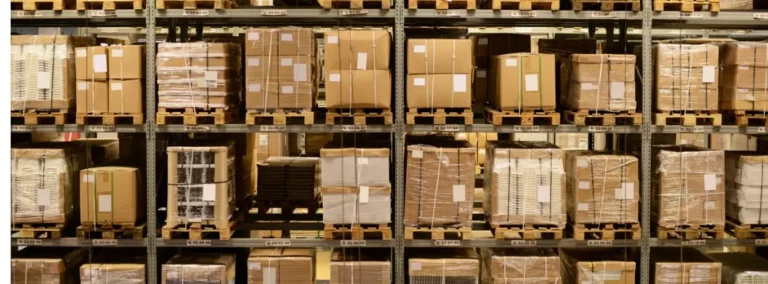What is Hazmat Shipping?
Hazmat shipping, also known as hazardous materials shipping, refers to shipments of dangerous goods that are considered high-risk due to their composition or characteristics. Because of this, there are federal regulations and shipping carrier requirements that cover hazmat shipping and the processes that shippers need to follow when shipping dangerous goods to ensure safety.
What counts as hazardous materials?
Hazardous materials include any combustible or flammable liquids and gases, explosives, toxic or infectious substances, radioactive materials, and even everyday items like lithium-ion batteries, perfumes, and aerosol cans. The handling required for transporting hazardous materials will depend on how they are classified, as well as any applicable federal hazardous materials regulations.
Hazardous materials are divided into nine classes internationally, depending on their risk level and the dangerous goods involved. The hazardous materials table is presented like this:
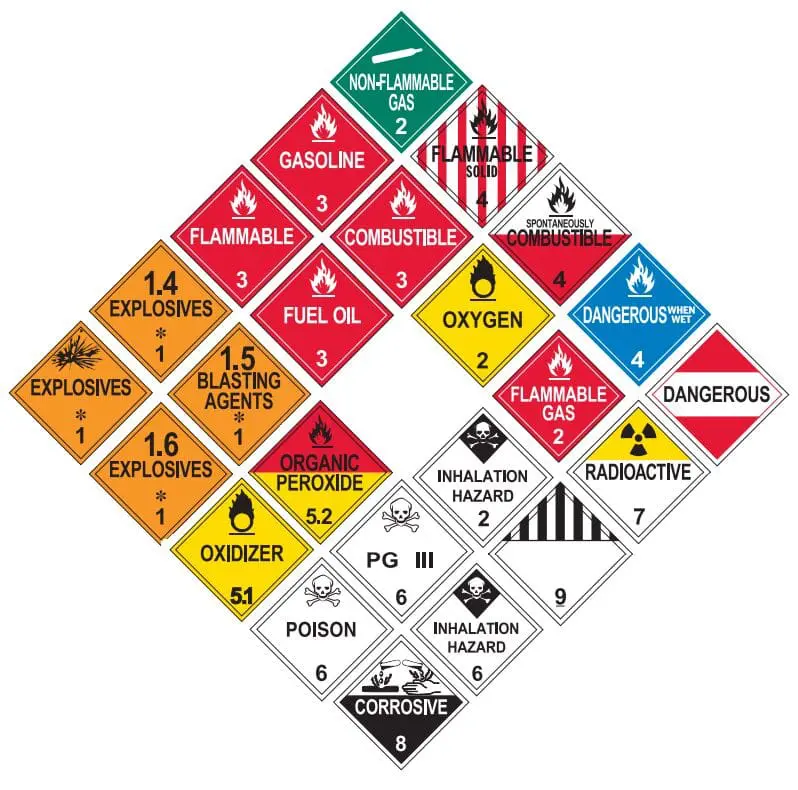
Class 1 – Explosives
Explosives are any materials that can combust or explode when exposed to high heat or a chemical reaction. This includes fireworks, ammunition, and blasting agents. Air transportation is not permitted for Class 1 goods. This class is further broken into:
Division 1.1: Mass explosion hazard
Division 1.2: Projection hazard
Division 1.3: Minor blast hazard and/or minor projection hazard
Division 1.4: Minor explosive hazard
Division 1.5: Very insensitive to mass explosion hazard
Division 1.6: Extremely insensitive to mass explosion hazard
Class 2 – Gases
Gases under pressure due to compression for transport can only travel by Ground methods. A ‘gas’ is classified as having a vapor pressure of 300 kPa or greater at 50°c, or which is completely gaseous at 20°c at standard atmospheric pressure.
Division 2.1: Flammable gases
Division 2.2: Non-flammable gases
Division 2.3: Toxic gases
Class 3 – Flammable liquids and combustible liquids
This class covers any liquids that will catch fire at low temperatures and can cause serious conflagrations. This includes gasoline, acetone, and ethanol.
Class 4 – Flammable solids
Any solids that can ignite and burn easily are classified as class 4 hazardous goods. This includes certain types of matches, magnesium, and sulfur.
Division 4.1: Flammable Solids
Division 4.2: Spontaneously Combustible
Division 4.3: Dangerous When Wet
Class 5 – Oxidizing substances and organic peroxides
Oxidizing substances can release oxygen and support the combustion of other materials, such as hydrogen peroxide and ammonium nitrate fertilizers.
Division 5.1: Oxidizing Substances
Division 5.2: Organic Peroxides
Class 6 – Toxic and infectious substances
Class 6 covers materials that are toxic or poisonous, meaning they can cause serious injury or death when inhaled, swallowed, or exposed.
Division 6.1: Toxic substances
Division 6.2: Infectious substances
Class 7 – Radioactive materials
Includes materials that emit ionizing radiation at a level greater than 0.002 microcuries per gram, including radioactive material such as uranium, plutonium, and medical isotopes.
Class 8 – Corrosives
Corrosive materials such as acids and alkalis can cause severe damage to living tissue, metals, and other materials.
Class 9 – Miscellaneous dangerous goods
Miscellaneous hazardous materials include any substances presenting hazards that do not fit into any other classes. This covers areas such as environmentally hazardous substances, substances requiring extreme temperature control to remain safe, as well as common items such as lithium batteries and dry ice.

How is hazmat shipping regulated?
Shipping hazardous materials is managed by several sets of regulations that set out the rules to ship dangerous goods domestically and internationally. This covers:
- Acceptable shipping methods.
- Appropriate packaging.
- Labeling requirements.
- Training requirements for staff handling hazmat shipments.
U.S. Department of Transportation (Title 49 CFR)
Title 49 manages the shipping of hazardous materials within the United States, and is the most important set of federal regulations for be aware of when hazmat shipping domestically. 49 CFR covers the following:
- How to properly classify hazardous materials.
- The quantity of hazardous materials permitted in each package.
- The packaging/packing group is required for different hazardous materials shipments.
- Required documentation, labeling, and training requirements.
IMDG (International Maritime Dangerous Goods)
The IMDG code covers the shipping regulations for sending hazardous materials by sea across international borders and how to protect the environment and workers from severe injury.
ICAO / IATA
The International Civil Aviation Organization (ICAO) heads up the standards for the transportation of hazardous materials by air. The International Air Transport Association (IATA) is the counterpart for private-sector standards, including hazmat shipping via commercial airlines.
Hazmat shipping requirements by carrier
UPS hazmat shipping
To ship hazardous materials using UPS, shippers must have a UPS user name and shipping account and comply with all carrier restrictions and items on the Hazardous Materials Agreement Checklist. Items that are prohibited from shipping hazardous materials with UPS include:
- Fireworks
- Hazardous waste
- Human remains
- Marijuana
FedEx hazmat shipping
FedEx offers ground shipments for hazardous materials. First, all hazmat shippers must be certified by FedEx to ship hazardous materials and be compliant with the FedEx Ground Hazardous Materials Shipping Guide, which includes:
- Packaging and preparing hazardous goods under 49 CFR.
- Providing a copy of the special permit paperwork to the FedEx Ground facility accepting your shipment, if shipping under a U.S. Department of Transportation (DOT) special permit.
- Providing the Material Safety Data Sheet (MSDS) upon request.
Note that FedEx Ground for hazmat shipping is not available in Alaska, Hawaii, or Canada.
USPS hazmat shipping
USPS only ships certain classes of hazardous materials, which can be found at Domestic Shipping Prohibitions & Restrictions and International Shipping Prohibitions & Restrictions. It’s important to check these restrictions closely to prevent hazmat shipments from being rejected. Prohibited materials for domestic shipments include:
- Air Bags
- Ammunition
- Explosives
- Gasoline
- Liquid Mercury
- Marijuana
How to ship hazardous goods correctly
Understand the regulations
Before you begin hazmat shipping, you must understand what your obligations are as a shipper and which applicable regulations to be aware of. Title 49 CFR is the most important domestic regulation for hazmat shipping, but there are others that may apply in the case of international air shipping of hazardous materials. Familiarizing yourself with these regulations – even if you are outsourcing to a 3PL – means you are more likely to avoid costly errors in shipping.
Determine the class of hazardous material
Shipping hazardous materials correctly means understanding what class of dangerous goods is involved with each shipment. This will give you guidance on what shipping methods are available, what packing group to use, and what labeling is required for a compliant shipment. The Safety Data Sheet (SDS) for that hazardous material will provide the proper shipping name, hazard class, and Identification Number.
It’s important to note that in some cases, a shipment could feature more than one hazard class. When this happens, make sure you consult the appropriate dangerous goods regulations.
Select the right packaging
That are distinct packing groups involved with shipping hazardous materials, according to what is being shipped and how much risk is involved. Under Title 49, there are three main packing groups for hazmat shipments:
- Packing Group I: Great Danger
- Packing Group II: Medium Danger
- Packing Group III: Minor Danger

Follow the labeling requirements
All hazmat shipments need to be labeled to communicate how they need to be handled in transit. A hazmat shipping label may communicate how the package needs to be carried, any particular hazards, or handling requirements i.e. being kept away from heat.
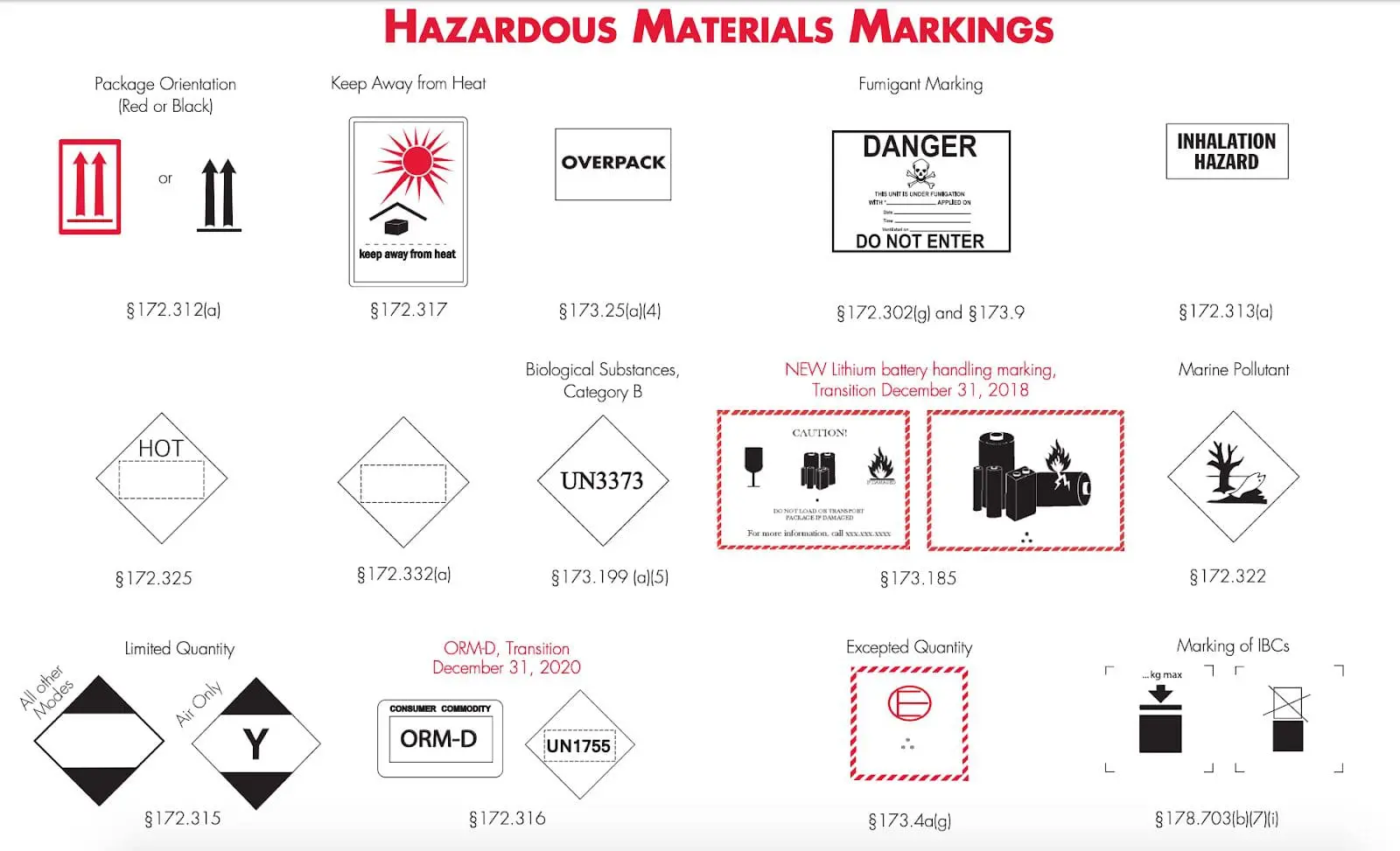
Provide the necessary documentation
Hazmat shipping requires more shipping papers than a typical domestic or international shipment. Depending on the shipping carrier you are using, you need to prepare to share information such as:
- UN identification number for the hazardous material
- The proper shipping name
- The hazard class
- The packing group
- Quantity, number, and type of packages
- Certification for hazmat shipping with that carrier
How WSI manages hazmat shipping
Shipping hazmat materials is complicated. WSI simplifies the process with a dedicated compliance team that reviews each product to ensure adherence to carrier-specific guidelines. With a commitment to the highest of safety standards, including participation in the Responsible Care® program, WSI exceeds regulatory requirements and safeguards stakeholders.
- WSI’s storage solutions are compliant with DOT, EPA, DHS, OSHA standards, ensuring safekeeping of chemicals with full site containment.
- Our team of specialists has handling certifications like IMDG, IATA, DOT, and HAZWOPER to manage chemicals safely, from inbound logistics to distribution.
- From fire rooms to cold storage rooms, each of WSI’s 4 hazmat facilities are equipped with the specific needs of temperature-sensitive substances, ensuring product integrity.
Looking for more information about WSI’s chemical storage and hazmat warehousing? Contact us today to speak with one of our friendly fulfillment experts.
About the Author

Mariana Vieth
Mariana Vieth is a marketing and communications leader with a passion for rallying people behind a common goal and unified message. Currently, she is the Marketing Director at WSI/Kase, bringing her creativity, small business, and public sector experience to the world of logistics. Mariana writes about warehousing, transportation, and e-commerce logistics as well as leadership and culture.

